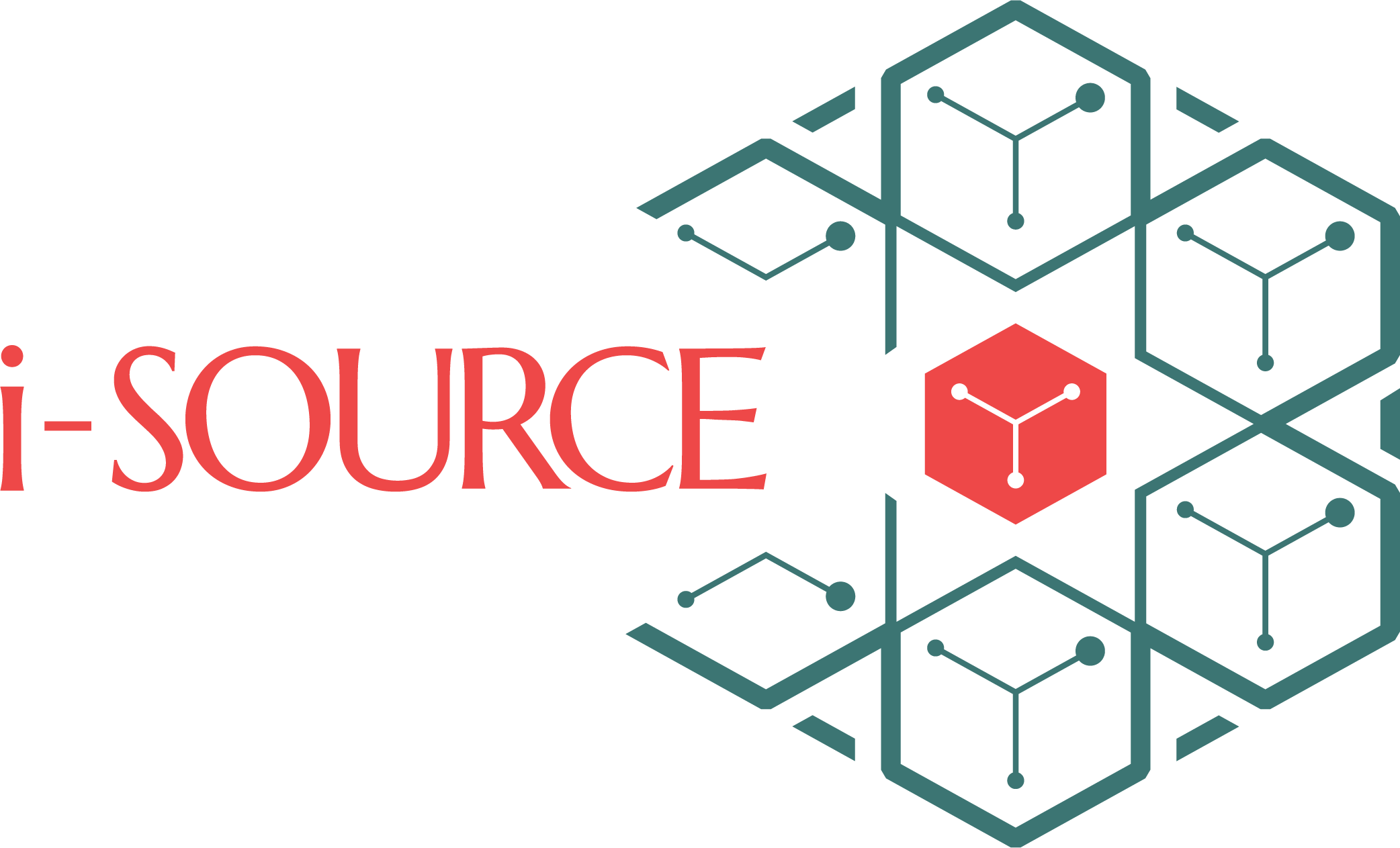A Deeper Look at AIOps and Why Enterprises Need It Today
Today, every business is made up of a complex network of IT systems and tools that different stakeholders leverage to manage their daily operations. As the business expands in size, so does the size, scale, and criticality of these internal IT systems.
Now, with digital channels becoming a business imperative, IT operations need to be always at their best to support the influx of workload as well as the resolution of problems at the earliest.
To stay nimble, modern IT operations need a strategic technology overhaul, or in other words, IT operations themselves need a major digital transformation. This is where AIOps takes center stage for modern businesses.
What Is AIOps?
Artificial Intelligence for IT Operations or AIOps is the practice of using AI, machine learning, big data, and other intelligent technologies to automate the end-to-end IT operations within an enterprise. AIOps is the foundation for an autonomous IT support organization in which different business stakeholders can seek support and remedies for issues with their digital assets.
The 5 Stages of AIOps
In a typical enterprise IT landscape, AIOps is usually comprised of a series of 5 major stages:
1. Collection of data:
Acquiring data from across the business operational landscape. This would involve help-desk tickets, logs from continuous monitoring of operational hardware and software, and much more.
2. Analysis:
The acquired data is analyzed using a series of AI or ML algorithms to understand granular relationships and patterns that exist within data sets.
3. Identifying the root cause:
By uncovering patterns and anomalies in data, the next step in AIOps is to identify the root cause of any issue or change request that has come in.
4. Notifying stakeholders:
Once the root cause is identified, it is imperative that necessary teams or individuals are notified with insights on how they need to cooperate or collaborate in the rectification or remediation schedule.
5. Remediation:
Once every stakeholder is on-board, automated remediation of issues is initiated. The use of pre-written scripts or automated services, restarting of critical event drivers or services, provisioning of additional resources, etc., are some of the automated remedial measures taken which need minimal or no manual intervention.
Why Is AIOps an Essential Practice in the Modern Enterprise It Landscape?
As IT operations become a fundamental growth pillar that modern enterprises rely on for scaling their business, here are three main reasons why AIOps become a necessity:
Eliminating Disruptions
When enterprises scale their digital assets through a gamut of models like cloud computing, on-premises servers, or data centers, the underlying IT complexity goes through the roof. When an incident occurs, delays in rectifying the same would lead to a cascade of problems. Manual management of IT operations would find it impossible to trace defects from hundreds of thousands of logs from different systems.
With AIOps, the data logs from different IT systems are ingested into high-end AI-powered analytical processing tools, and inferences are drawn from them to help pinpoint root causes. All of this happens in a matter of seconds, thereby offering enterprises the opportunity to handle and solve incidents without any disruptions to business operations.
Automating Incident Diagnosis and Repair
Traditionally, enterprises rely on many monitoring and analytics tools to cover operational analysis of different IT systems. Arriving at a conclusive inference is clearly challenging in this scenario, as different tools track metrics that are hard to correlate.
With AIOps, AI algorithms enable enterprises to perform a holistic end-to-end analysis of the entire IT landscape in one go. Best practices and necessary insights are provided to teams if needed to rectify the diagnosed incident.
Furthermore, incident rectification logs are considered a new data insight for the future. The knowledge gained in every analysis is used as a reference to prevent any future occurrence of the same issue. Over time, the business can enjoy a software landscape that can intelligently tackle the most critical disruptive incidents with ease through autonomous diagnostics and repair.
Promotion of Healthy Collaboration
When a business scales its digital infrastructure, decision-makers often face the challenge of facilitating effective collaboration between technical, business, and operational teams. The challenge escalates when teams are distributed geographically in different time zones and across different markets with their own set of unique operational challenges.
AIOps helps enterprises present a unified view of the IT operational stack for different stakeholders. Through precise insights, it equips different teams with the knowledge and best practices to understand tasks and collaborate seamlessly to achieve remedial milestones.
Summing Up
AIOps is fast becoming one of the most innovative trends that the enterprise IT world is embracing. In fact, studies estimate that the AIOps market will be worth $64.44 billion globally by 2028.
Simplifying IT operations will be instrumental in helping modern businesses achieve their digital aspirations. Having a resilient and supportive backend IT wing will accelerate digitization efforts across all business units without risks.
What leaders need to make note of in this regard is to pick the right strategy and direction in implementing AIOps in their IT landscape. This is where a trusted partner like i-Source can be a game changer. Get in touch with us to know more.
